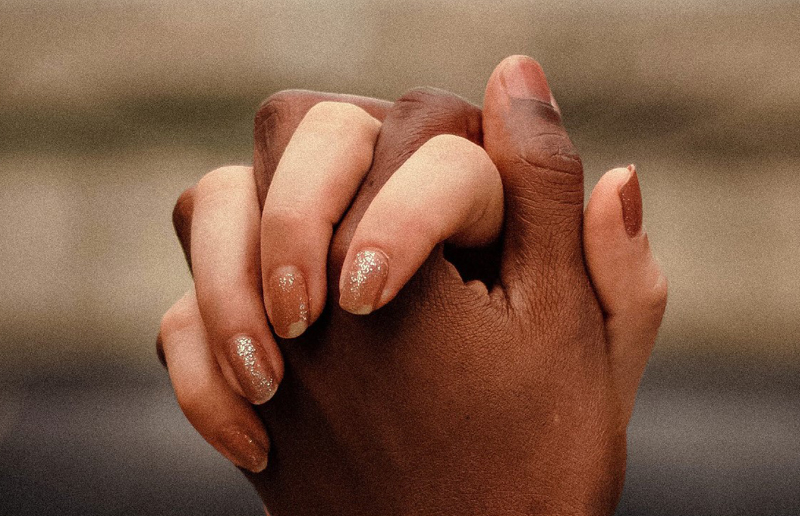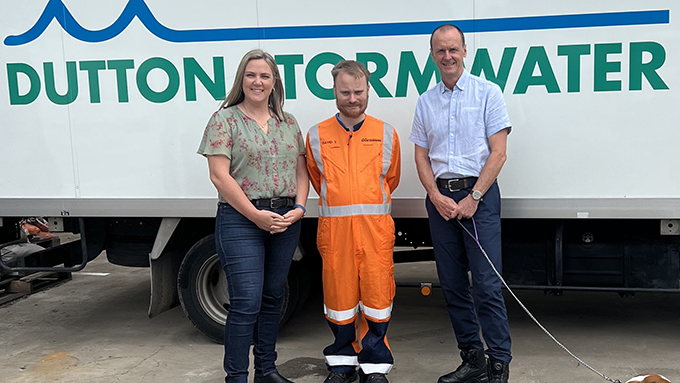Increasingly, people are looking at how they can use their personal privilege to support colleagues from a marginalised group which they don’t belong to themselves.
We look at how organisations are stepping into this space to facilitate allyship and the pitfalls we need to be aware of.
As the global profile of diversity, equity and inclusion (DEI) practice has grown in recent years – including here in Aotearoa – so has understanding of allyship and how it can be used to foster inclusivity in the workplace, says Diversity Works New Zealand Head of Research Pete Mercer.
In the 2023 New Zealand Workplace Diversity Survey, 71 per cent of respondents indicated that their organisation promotes or talks about allyship.
“For the first time this year, we introduced it as a topic of focus in the survey because we had anecdotally observed it as a term that was starting to be used widely by DEI practitioners. The results showed that it is a widespread topic of conversation across a whole range of industries and employers.”
However, while the term allyship might be bouncing off the walls of boardrooms and offices around New Zealand, it has not necessarily been established as a priority tool for driving inclusion.
When people were asked to rank DEI-related priorities in terms of importance in their organisations, allyship was at the bottom of the list, and those who have begun focusing on this space are taking a variety of approaches to delivering allyship practices.
Of the 963 survey respondents who answered the question about allyship activities undertaken, 40 per cent selected ‘mechanisms for different groups/networks to connect and support each other’, making it the most common practice. This was followed by ‘allyship talks and training sessions’ (39 per cent) and ‘bystander campaigns and initiatives’ (36 per cent).
Meanwhile, symbolic gestures, such as ‘having an ally email signature available to use’ (18 per cent) and ‘visible signals such as badges and lanyards provided’ (11 per cent) were at the bottom of the table, along with ‘formal ally programmes’ (18 per cent).
“The survey results indicate that allyship activities are more likely to revolve around those actions that increase the knowledge, awareness and capabilities of kaimahi rather than focusing on branding or communicating allyship programmes,” says Mercer.
These findings are encouraging, he says, because there is always a risk that allyship can be merely for show, rather than manifesting in behaviours that are going to meaningfully improve the experiences of those from non-dominant groups.
That said, formal programmes, branding and communication have an important place in doing this work effectively. “Without this, there is a danger that that any initiatives designed to promote allyship are not dispersed throughout the organisation, lack sustained support and may ultimately fizzle out.”
What is the best approach to allyship?
While the prevalence of conversations relating to allyship is now more apparent, what is less clear is what allyship should look like in practice. Indeed, says Mercer, DEI scholars and practitioners alike tend to agree that there is no singular way of being an effective ally.
“You can choose to see allyship as something that can be achieved in accordance with the skills, personal styles and professional positions of people.”
“For example, someone with highly adept listening abilities could be well suited to being a confidant who creates safe spaces for those from marginalised groups to share their experiences, while someone with someone in a more senior position would be well placed to advocate for the inclusion, support and advancement of individuals from an under-represented group.”
Regardless of the form of allyship that your actions take, there are common behavioural themes to note in terms of what it means to be an ally, Mercer says. Therefore, one of the main roles for organisations should be to support their people to think about what principles are important to be an effective and authentic ally.
“For instance, can someone proclaim to be an ally for a particular group if they don’t translate their commitment into action or only practice allyship momentarily and abandon responsibility when the going gets tough?”
If the answer is no, then perhaps being action-oriented and behaving with some degree of moral consistency are important allyship principles an organisation would promote as part of any programme or initiative created.
While there are many ways to “show up” as an ally, part of being an ally does mean being willing to disrupt actions, behaviours and practices that cause harm.
“Ultimately, if you observe problematic behaviour and don’t do anything about it, then you are permitting that behaviour – which in turn normalises it and sends the signal that it’s ok.”
At the same time, says Mercer, it’s important to recognise power and privilege as being factors that shape what someone can and cannot do.
“We don’t always have the skills, confidence or the positional power to intervene in the moment. But there is always something you can do, whether that’s checking in with the targeted individual or reporting an incident (formally or informally) to someone who is in a position to tackle unacceptable behaviours.”
The bottom line is that nobody should be negatively targeted at work for simply being who they are, and everyone has the right to work in an environment that preserves their dignity and uplifts their mana, Mercer says.
“By being mindful and empathetic allies, we all collectively have a role to play in ensuring that those who are marginalised or at greater risk of experiencing workplace harm enjoy that same right.”
It’s not all about you
Diversity Works New Zealand Chief Executive Maretha Smit explores how allyship can go wrong despite best intentions.
When we set up out to be an ally, it’s important to remember that not all allyship gestures are received in the way they are intended. People from marginalised groups have often spent a lifetime dealing with discrimination and may be suspicious of people with privilege who show up as an ally.
This is a natural response but there is a risk it will result in those potential allies, who have less experience of receiving criticism or rejection and less practice in how to deal with it, becoming defensive, which is counter productive to doing this mahi effectively.
When we offer allyship, we need to recognise that this work is about amplifying the voices of marginalised communities, not centring ourselves.
Show up in a way that is valued by those in need of your support. If your style of allyship isn’t appreciated in a particular instance, rather than becoming defensive or despondent in your efforts to be any ally, simply step out of the situation. Don’t force yourself as an ally on anyone. Take the feedback or experience on board, and rather than feeling hard done by, and reflect on how the situation could have been handled differently.
It’s not about you, it’s about the community you are trying to champion.
Other pitfalls to avoid
- Don’t do this mahi unless you genuinely want to support marginalised communities. If you are doing this work to feel good or because it’s the trendy thing to do, it will be obvious to those you are purporting to help that your actions are not authentic.
- Do your homework. If you don’t understand the nuances and complexity of the lived experiences of the particular community you want to support, you are at risk of stereotyping members of that group, which will ultimately do more harm than good.
- Remember allyship is not just about words, it’s about action – and those actions must be done consistently, not just when they are easy do to. While it is important to initiate conversations that draw attention to marginalised groups in the workforce, the only way to drive actual change for those communities is to do the hard mahi that is at the core of good diversity, equity and inclusion practice – that is changing the structures, policies and procedures that perpetuate inequity.
Check out our Understanding Allyship and Allyship in Action resources in the Resources section of the Diversity Works New Zealand website
Download the digital edition of Taura magazine August2023




